
A new study published in PLOS ONE provides new insight into how bacteria behave in space and will possibly have implications for research on bacteria on Earth.
The bacteria Pseudomonas aeruginosa was allowed to grow on the space shuttle Atlantis during missions in 2010 and then again in 2011. And apparently, they grow in a very different way in the weightlessness of space compared to bacteria on Earth. Compared to normal gravity, these bacteria had more live cells, were thicker and they had more biomass.
This is indeed very important data since bacteria does not only appear to us but also within us. After all, humans actually have ten times the bacterial cells than human cells. Mostly working for us and with us in a symbiotic relationship.
The lead author of the study, professor Cynthia Collins, writes in a statement, “Our study offers the first evidence that spaceflight affects community-level behaviors of bacteria, and highlights the importance of understanding how both harmful and beneficial human-microbe interactions may be altered during spaceflight.”
“Before we start sending astronauts to Mars or embarking on other long-term spaceflight missions, we need to be as certain as possible that we have eliminated or significantly reduced the risk that biofilms pose to the human crew and their equipment.”, Collins added.
For future research Collins and her team will attempt to get a better picture of how spaceflight affects the physiology of the Pseudomonas aeruginosa, investigating the bacteria’s gene expression related to metabolism and virulence. They will attempt to build mathematical models to help understand how different factors of the spaceflight environment may impact biofilm growth.
_________________
Bacteria Sent Into Space Behave in Mysterious Ways
Spaceflight Promotes Biofilm Formation by Pseudomonas aeruginosa
__________________________________


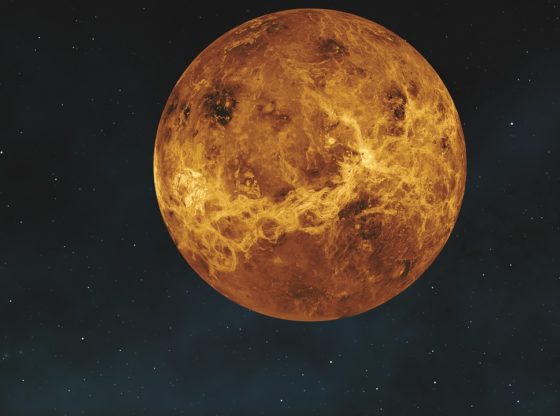
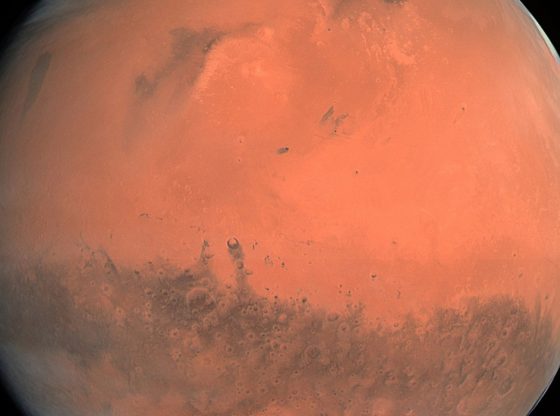
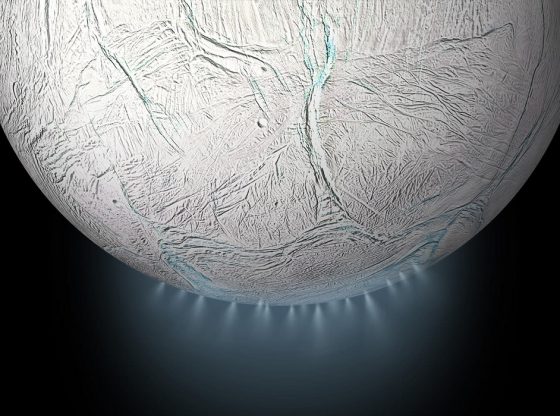
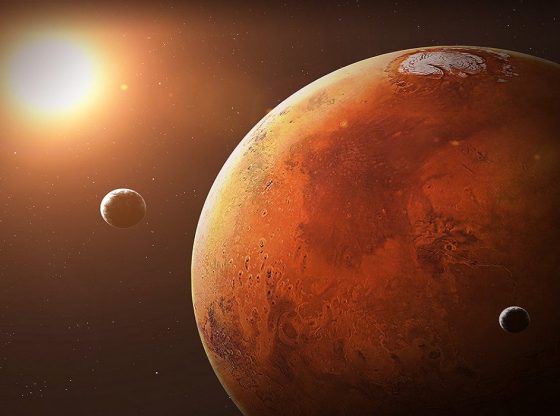
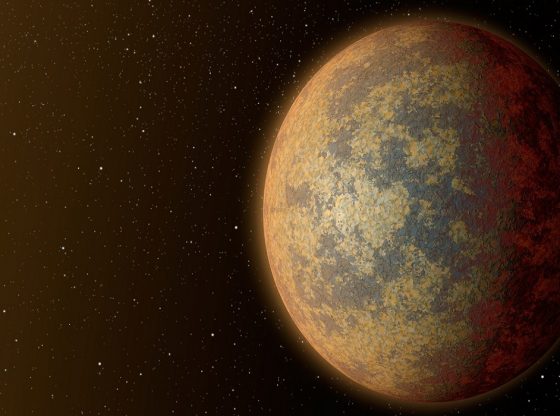
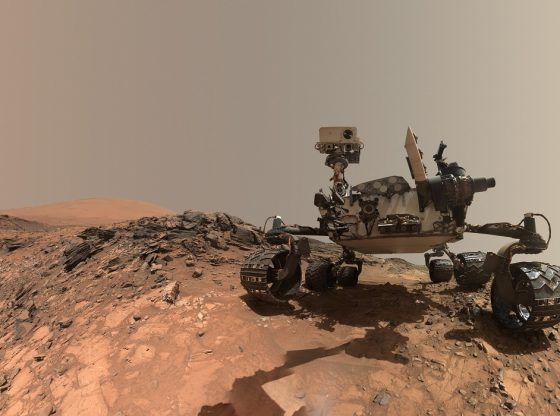

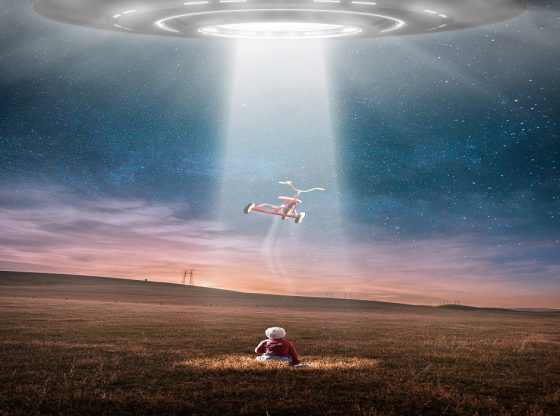

![OpenAI. (2025). ChatGPT [Large language model]. https://chatgpt.com](https://www.illustratedcuriosity.com/files/media/55136/b1b0b614-5b72-486c-901d-ff244549d67a-350x260.webp)
![OpenAI. (2025). ChatGPT [Large language model]. https://chatgpt.com](https://www.illustratedcuriosity.com/files/media/55124/79bc18fa-f616-4951-856f-cc724ad5d497-350x260.webp)
![OpenAI. (2025). ChatGPT [Large language model]. https://chatgpt.com](https://www.illustratedcuriosity.com/files/media/55099/2638a982-b4de-4913-8a1c-1479df352bf3-350x260.webp)








